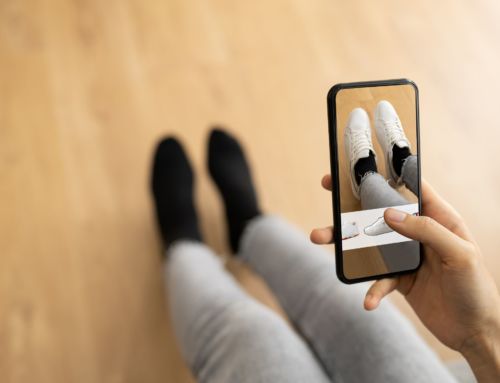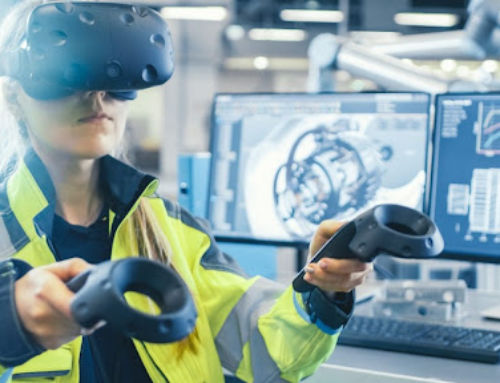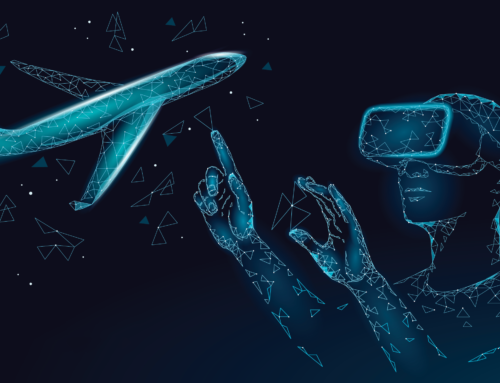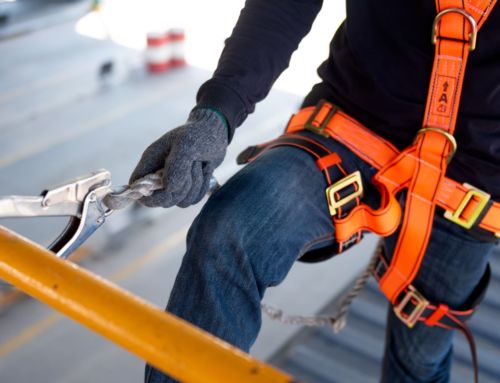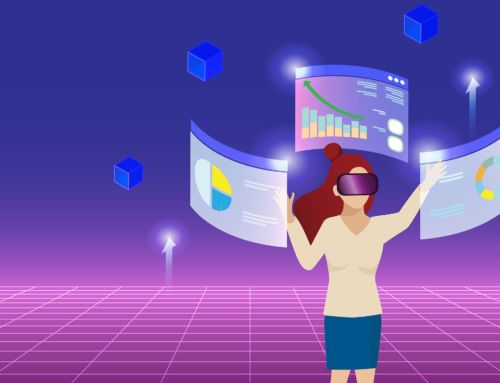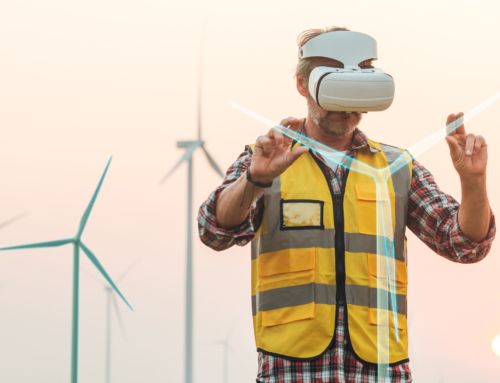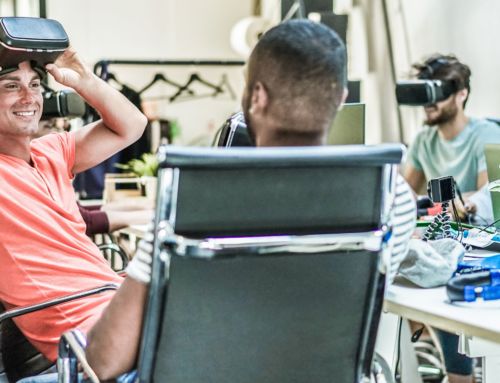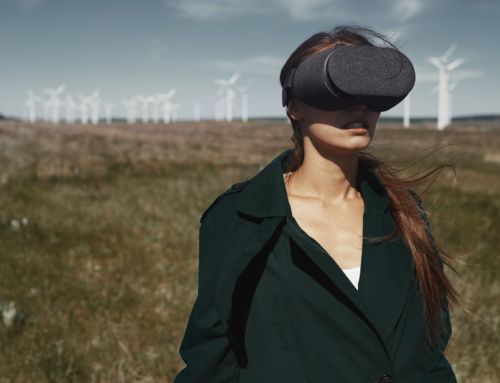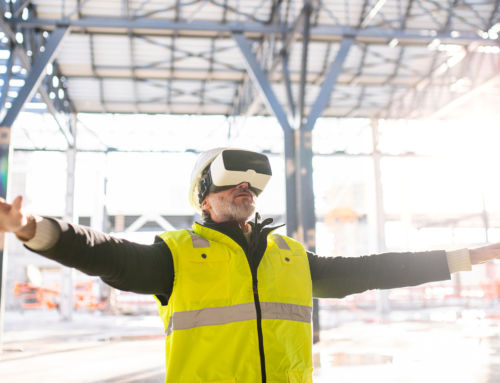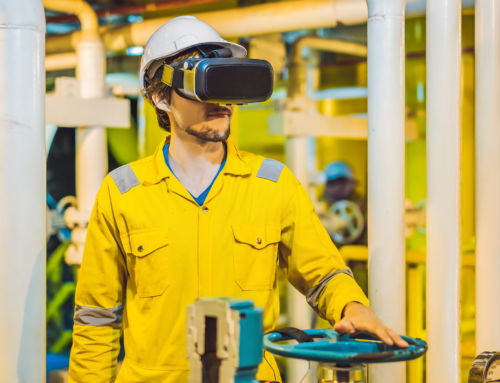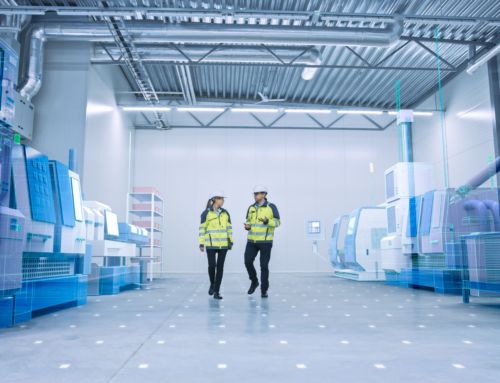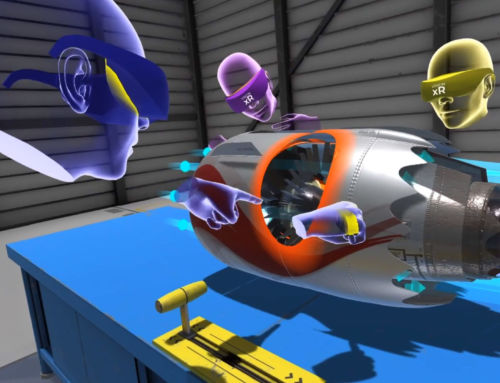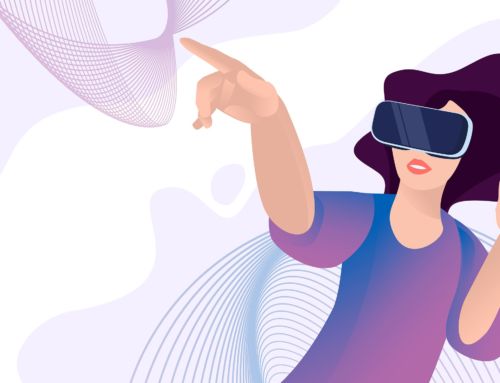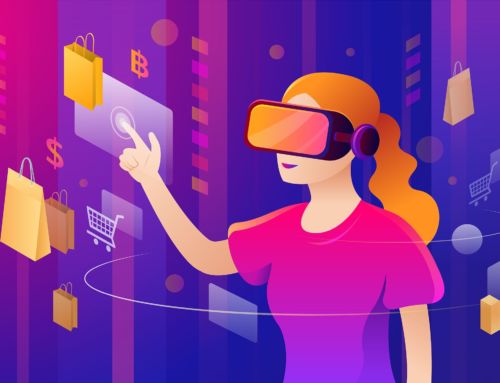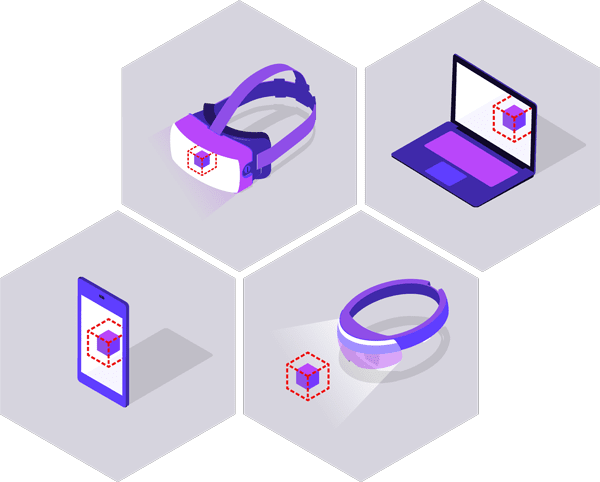Future Visual are working with medical professionals to explore the benefit of immersive technology using our VR collaboration tool VISIONxR™ and so I had the pleasure to attend the Virtual Reality in Healthcare Summit in London at the end of last month. Whilst I have been extensively researching the sector over the past couple of months it was fascinating to hear first hand all the incredible use cases for VR within healthcare. Ranging from the use of VR for diagnostic training and simulations to the reduction in levels of anaesthetic required if the patient was immersed in VR. Amid all the excitement and future-gazing two key challenges were constantly cited. The first unsurprisingly being funding and the second the lack of consistency and community around these advances.
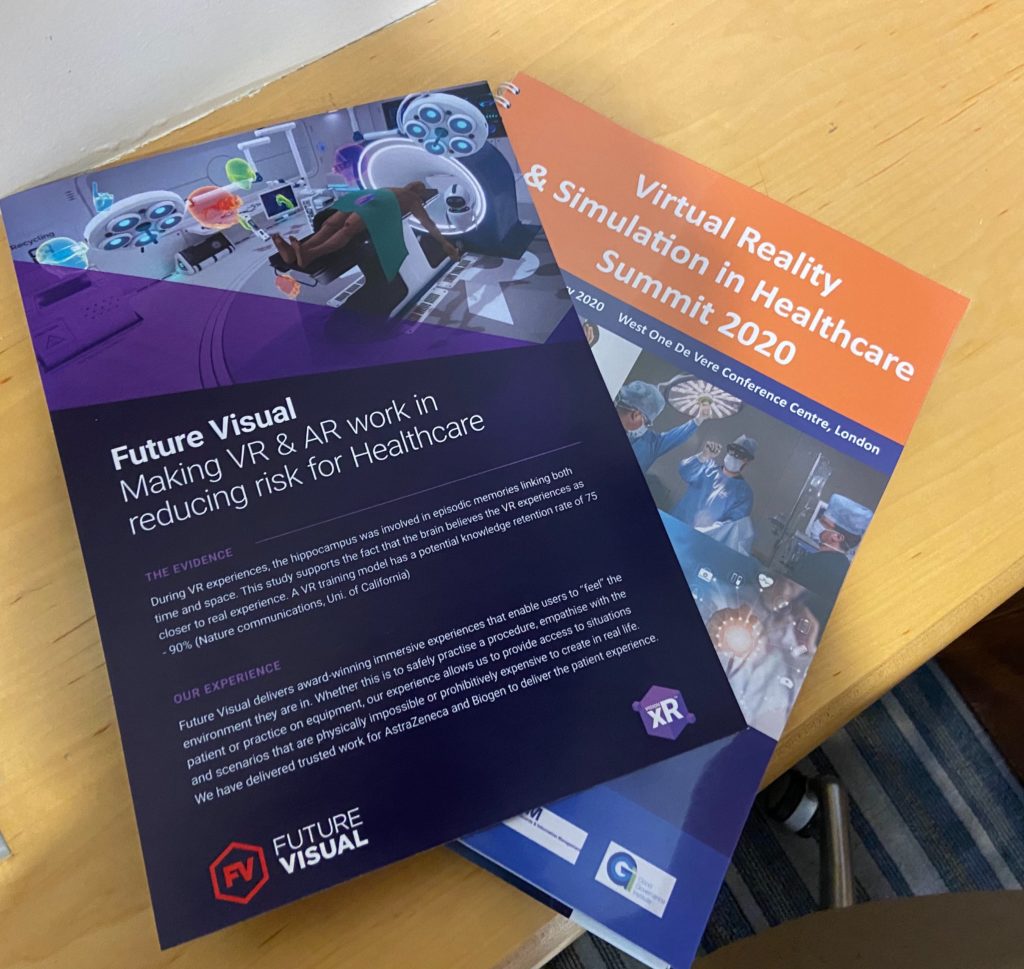
Sally Shiels provided a great case for the need for more evidence based research to enable growth in the industry. From personal observations, in healthcare as in all sectors, there are the trailblazers and the change-makers who are raising awareness and facilitating the advancement of VR/AR, but they are the few among the many. To change this we need more evidence based research, to empower teams to embrace the new technologies in the full understanding of what business challenges they solve. It should never be the case, but it so often is, that a department purchases a number of VR headsets with a limited plan of what they are going to be used for. Immersive technology has the power to significantly improve a number of areas of healthcare including medical education, training, pain relief, trauma therapy etc we need to establish clarity on what these areas are and what the benefits are to enable businesses cases to be created and signed off.
With this increased base of evidence comes the growth of a community. During the summit the concern was raised that if people all work in silos and don’t share or learn from each other new ways of working will spring up that could vary from trust to trust. Collaboration is key in this new world, both to accelerate learning and establish best practises.
We only need to look to the US to see how embedded immersive technology is becoming in the healthcare landscape. We heard at the summit how US insurance companies are now issuing codes for VR treatment. One can imagine in the not too distant future how VR headsets will become more of the norm both for training and treatment in the UK too.
At Future Visual we have been helping our clients create immersive experiences for training and learning. We have a wealth of experience from working within aerospace and behaviour change. We have always believed collaboration is the key to immersive advancement. Our platform VISIONxR™ enables multiple-users, in multiple-locations, on multiple-devices (VR, AR, desktop and mobile) to all collaborate, train and learn in the same immersive space. Thus enabling knowledge share across teams, departments and trusts. Removing the barrier of distance so a consultant in one hospital can provide training to a team in a different location, or a team of junior doctors and nurses can practise a group simulation to let them see how their individual behaviours can affect the overall performance of the team and receive feedback on their performance.
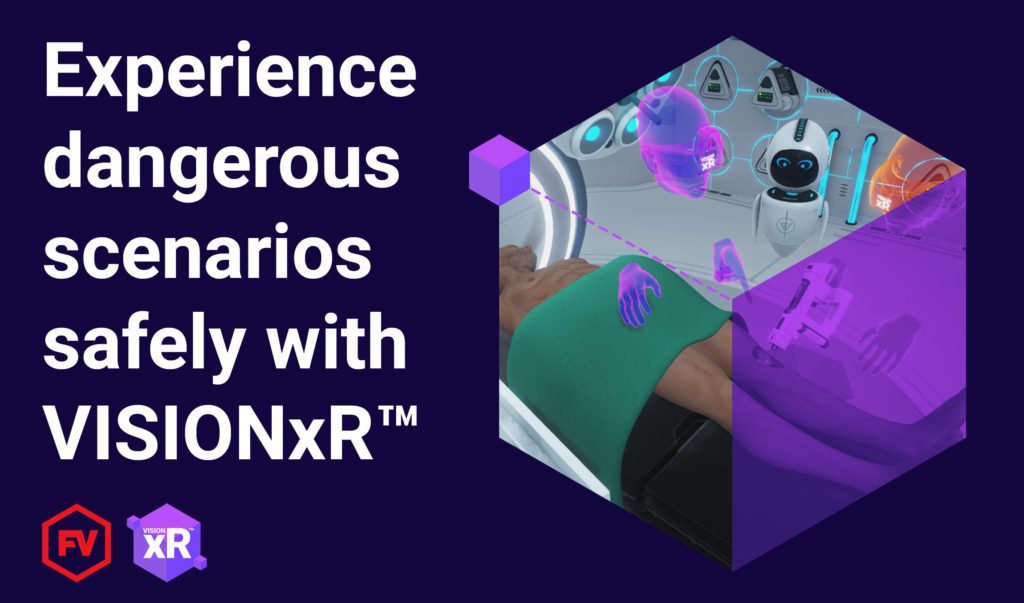
As with all new technologies, there is not a pre-existing budget line for an immersive technology deployment. As much as we promote collaboration as the key benefit of our product VISIONxR™ it became clear to me at the summit we need to promote VR collaboration across the industry. We need to do this to enable us to go faster and make use of the incredibly positive impact immersive technology can provide both the healthcare sector and us all as potential patients.
Future Visual are working with medical professionals to explore the benefit of immersive technology using our VR collaboration tool VISIONxR™ and so I had the pleasure to attend the Virtual Reality in Healthcare Summit in London at the end of last month. Whilst I have been extensively researching the sector over the past couple of months it was fascinating to hear first hand all the incredible use cases for VR within healthcare. Ranging from the use of VR for diagnostic training and simulations to the reduction in levels of anaesthetic required if the patient was immersed in VR. Amid all the excitement and future-gazing two key challenges were constantly cited. The first unsurprisingly being funding and the second the lack of consistency and community around these advances.

Sally Shiels provided a great case for the need for more evidence based research to enable growth in the industry. From personal observations, in healthcare as in all sectors, there are the trailblazers and the change-makers who are raising awareness and facilitating the advancement of VR/AR, but they are the few among the many. To change this we need more evidence based research, to empower teams to embrace the new technologies in the full understanding of what business challenges they solve. It should never be the case, but it so often is, that a department purchases a number of VR headsets with a limited plan of what they are going to be used for. Immersive technology has the power to significantly improve a number of areas of healthcare including medical education, training, pain relief, trauma therapy etc we need to establish clarity on what these areas are and what the benefits are to enable businesses cases to be created and signed off.
With this increased base of evidence comes the growth of a community. During the summit the concern was raised that if people all work in silos and don’t share or learn from each other new ways of working will spring up that could vary from trust to trust. Collaboration is key in this new world, both to accelerate learning and establish best practises.
We only need to look to the US to see how embedded immersive technology is becoming in the healthcare landscape. We heard at the summit how US insurance companies are now issuing codes for VR treatment. One can imagine in the not too distant future how VR headsets will become more of the norm both for training and treatment in the UK too.
At Future Visual we have been helping our clients create immersive experiences for training and learning. We have a wealth of experience from working within aerospace and behaviour change. We have always believed collaboration is the key to immersive advancement. Our platform VISIONxR™ enables multiple-users, in multiple-locations, on multiple-devices (VR, AR, desktop and mobile) to all collaborate, train and learn in the same immersive space. Thus enabling knowledge share across teams, departments and trusts. Removing the barrier of distance so a consultant in one hospital can provide training to a team in a different location, or a team of junior doctors and nurses can practise a group simulation to let them see how their individual behaviours can affect the overall performance of the team and receive feedback on their performance.

As with all new technologies, there is not a pre-existing budget line for an immersive technology deployment. As much as we promote collaboration as the key benefit of our product VISIONxR™ it became clear to me at the summit we need to promote VR collaboration across the industry. We need to do this to enable us to go faster and make use of the incredibly positive impact immersive technology can provide both the healthcare sector and us all as potential patients.





